Teach Infants to Read: Explore in an immersive way.

Embark on a remarkable journey
teach your infant to read
Experience easy learning of reading with LittlePages and teach your infant to read. Learn through immersion and take advantage of a child’s absorbent mind. Your child will learn your language in the span of two years starting from no other languages thanks to immersion in your language and their absorbent mind. Also offer them an immersion in written language with LittlePages.
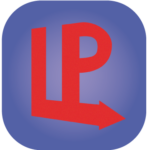
Don’t hesitate to download the app for free;
no automatic billing will be made.
Just download and try it!
At what age should you start learning to read?
A one-year-old, two-year-old baby is already capable of recognizing concrete words.
The development school’s learning to read program was designed and developed to carry out very short sessions adapted to the attention of very young children.
📚Your Voice, Your Interaction: No automated voice. Use your own voice to maximize interaction with your child.
🎨Images and Large Characters: Images associated with words using a font suitable for the vision of toddlers.
Did you know?
Babies possess an innate ability to recognize words before they can understand individual letters, highlighting the importance of the right strategies to teach infants to read at this early stage. In this phase, learning is more about perceiving words as complete images rather than deciphering separate characters. For instance, for a young mind, a word written in large, bold letters is notably easier to recognize and remember, making it a fundamental technique in teaching infants to read effectively, compared to a single, isolated letter.
Challenges of Letter Recognition When Teaching Infants to Read :
While babies can start recognizing words early, individual letters pose a unique challenge. One significant hurdle is their symmetry – babies often find it difficult to differentiate between symmetrical letters. This confusion is natural, as their ability to make grapho-phonological associations – linking letters to sounds – typically develops later, around the age of 4 to 5 years, depending on the individual child’s development.

You will find articles on our website to solve certain problems of classic development.
A brain under construction!
You know, our little ones’ brains are still under construction when they are born. Indeed, they already have a good number of neurons, but these little brain soldiers will have to move and connect to form a complex network. It is from these connections that our little ones will develop their skills over time.
What is fascinating is that initiation into certain forms of reading is possible from a very young age. Although full understanding of letters and their sounds will not come until later, our babies are able to recognize logos and symbols from the start. It’s truly wonderful to see how our little ones begin to explore the world of reading from the start of their adventure.
Your baby is more capable than it seems!
There is a new school of thought that babies are more capable than it seems. When we observe carefully, we can discover unsuspected abilities. It is considered that if you ask your baby if he is hungry and pretends to suck, it is because he has understood what you you asked. Of course, he won’t respond to you verbally. Babies seem undergo a kind of pressure linked to their development which pushes them to acquire instinctively the skills of the greatest. It seems that a kind emergency pushes them to make enormous efforts to acquire skills which seem simple to us.
Reading in humanity
Reading is a skill that appeared very late in human history. The emergence of reading is estimated to have occurred around 3500 BC. At that time writing systems were very different from those we use today. They used pictographic writing to represent actions. Furthermore, only a small fraction of the population was educated enough to read, a minority so insignificant that their numbers were negligible.

Teach infant to read:
The human brain did not evolve with reading as a core skill, which means our brains are not naturally predisposed to this activity. Introducing some form of reading at a baby’s early age can take advantage of babies’ great brain plasticity to adapt their brains to a function that is not innate to human beings. It is important to note that the environment in which an infant grows up plays a vital role in its development. Recent studies have even shown that the rich environment can have epigenetic effects, potentially influencing an individual’s gene expression.
The game of reading
The early reading application from the School of Development, specifically designed to teach infants to read, was developed for very brief reading sessions. Each sequence is intended to be presented in 5 or 6 seconds maximum! One second per word, aligning with the best practices for teaching infants to read. The aim is for your baby to quickly grasp the overall image of the word. Prolonged exposure to a single word might lead to disinterest, as young learners may lose the joy of reading and prefer engaging in other activities. Therefore, the images in the app are designed to scroll quickly, and the duration of their presentation is deliberately concise.
Cultivating a Joyful Learning Environment
Reading sessions are crafted to be playful and enjoyable. A special gift for your baby’s learning journey. In our culture, tasks are often seen as obligations, but when it comes to teaching infants to read, it’s crucial to approach it as a delightful and engaging activity. Remember, babies are keen observers of your reactions and will respond to your enthusiasm. Present these reading sessions with expressiveness and a cheerful tone to create a joyful learning experience for both you and your baby.

One word one second :
Teaching babies to read
Do not present a word for any longer than one second. This could bore your baby. He may no longer enjoy the game of reading and prefer to continue his motor tasks. This is why the images scroll quickly and the duration of their presentation cannot be configured.
Learning is child's play!
Reading sessions should be presented as a game! A gift that you will give to your baby. In our culture we tend to associate work with something unpleasant that we have to do even if we don’t really want to. If you are using this way of thinking to present reading sessions then you are not in the right frame of mind at all. If you are in this state of mind, you might as well not offer this learning to your baby. This won’t work. Babies are not yet able to speak, so they focus all their attention on your reactions and perceive them with great clarity. Present the sessions as a game. Be expressive, use a cheerful tone and you will have a great time with your baby.
Give Your Baby an Exceptional Gift:
Try our one-month free trial version available instantly, followed by a freemium version. Experience it now!
Teach Your Baby to Read Today!
Overview of a typical 5-second reading sequence with the Early Reading app

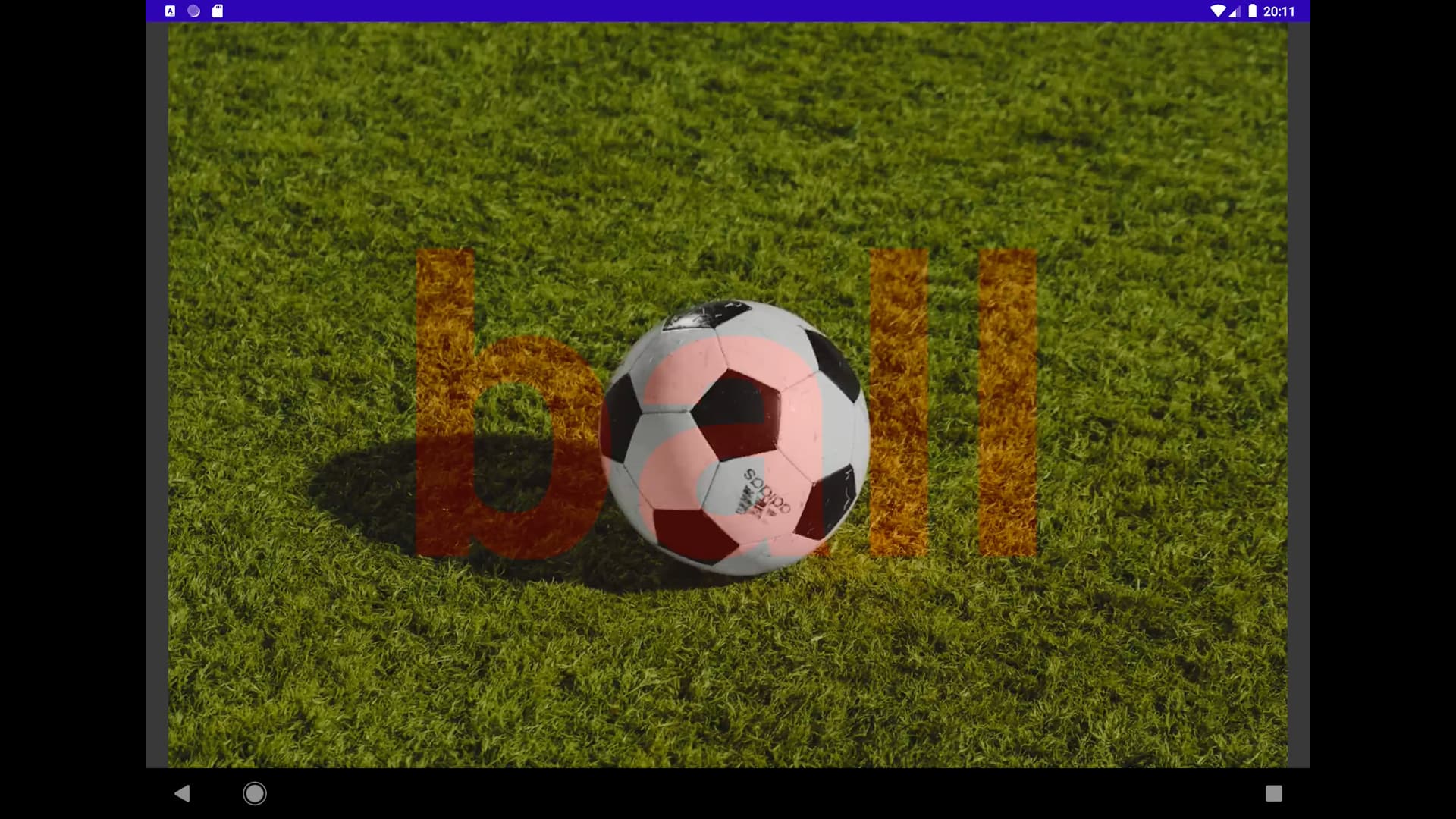

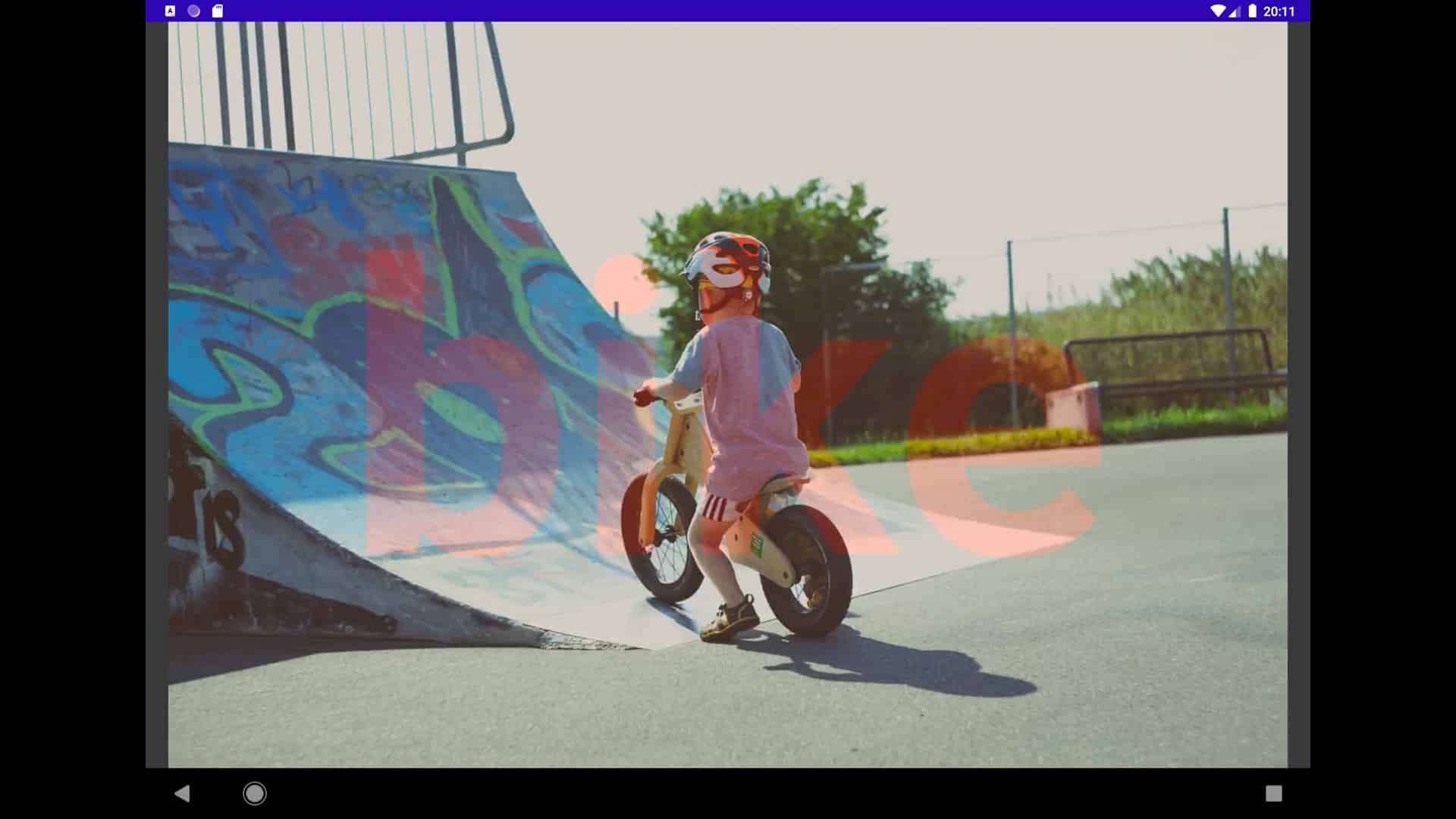

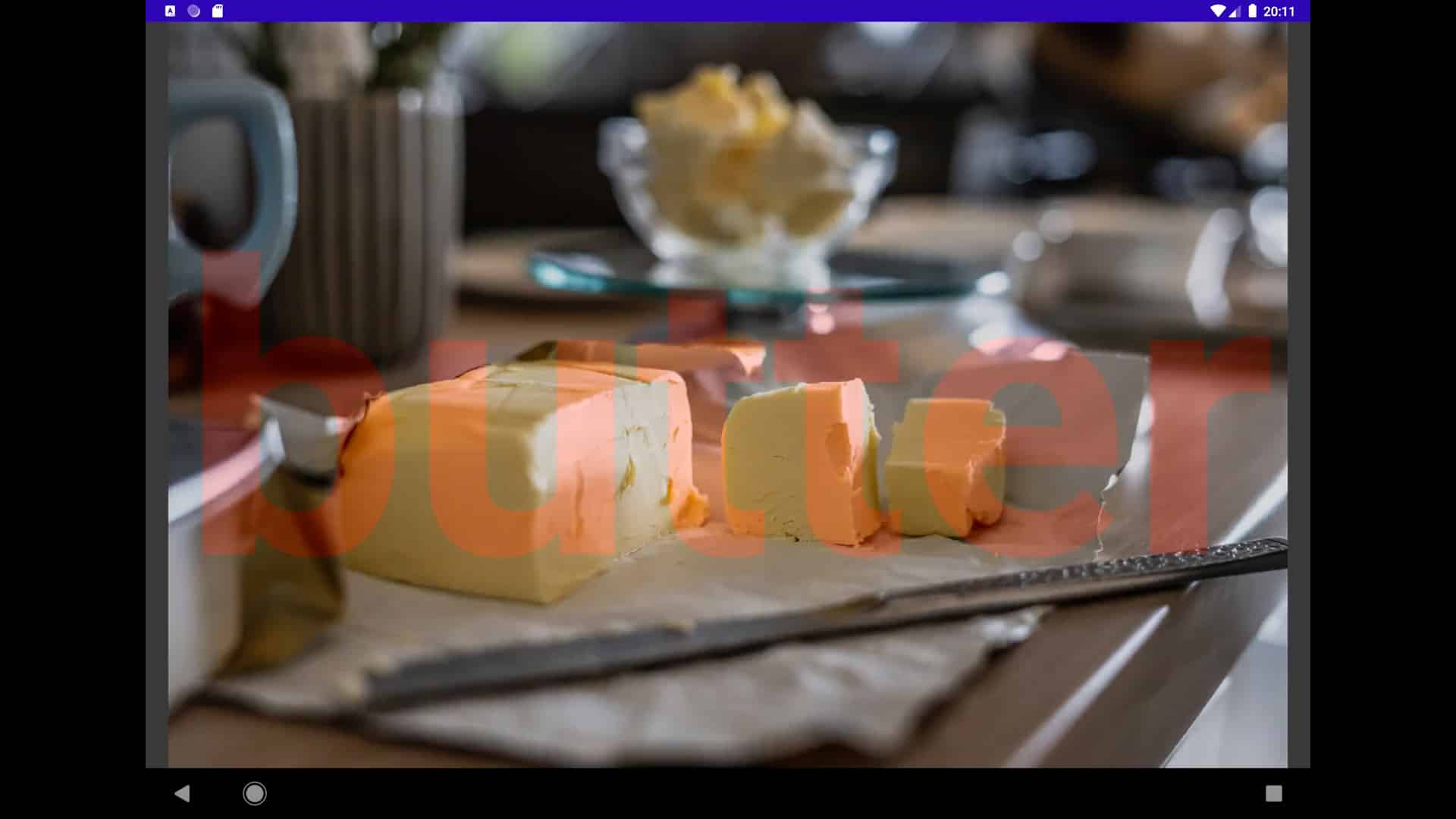



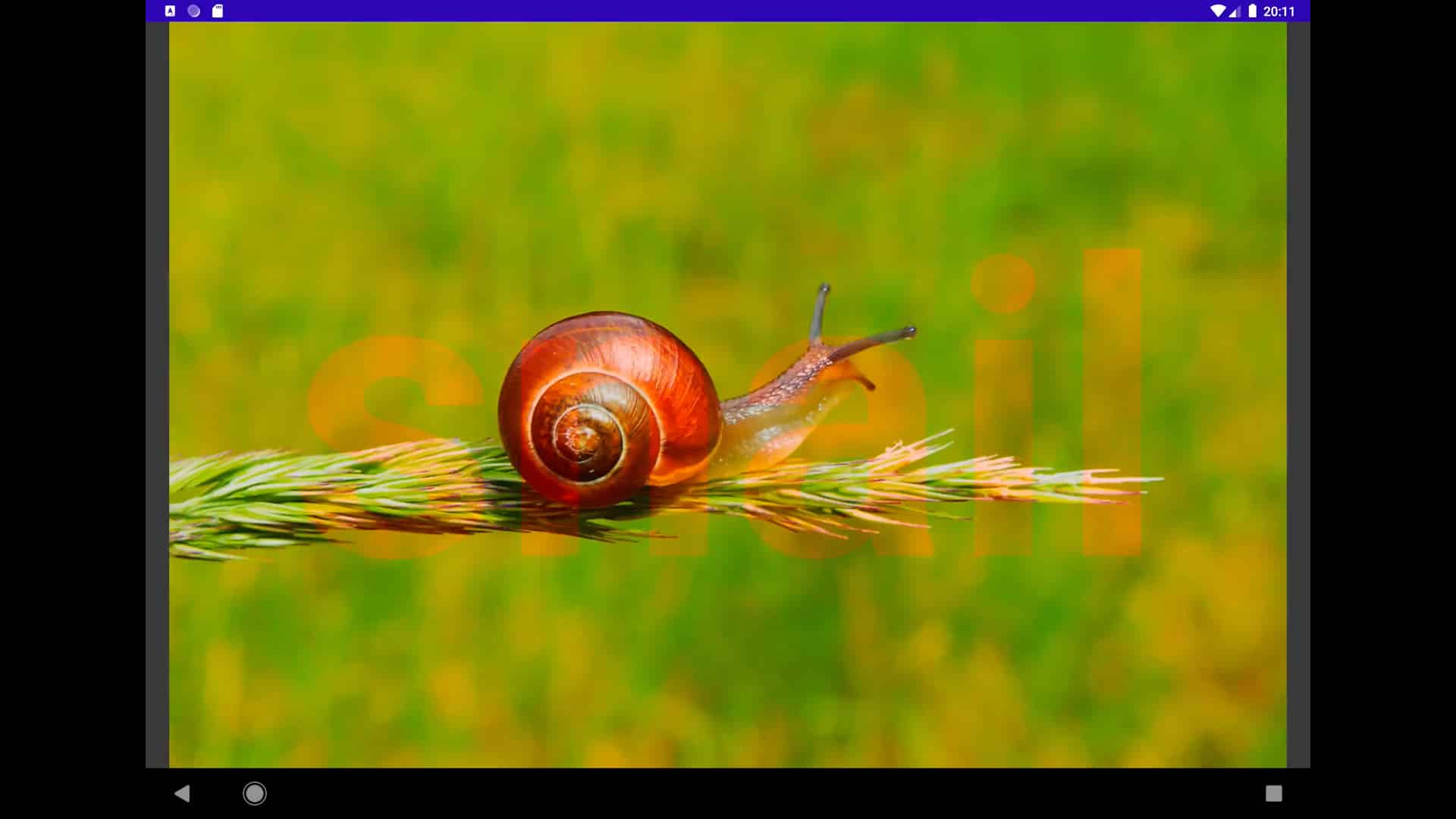
Intellectual development and motor skill acquisition go hand in hand; explore our page on motor skills development for more insights.
Google Play and the Google Play logo are trademarks of Google LLC.



